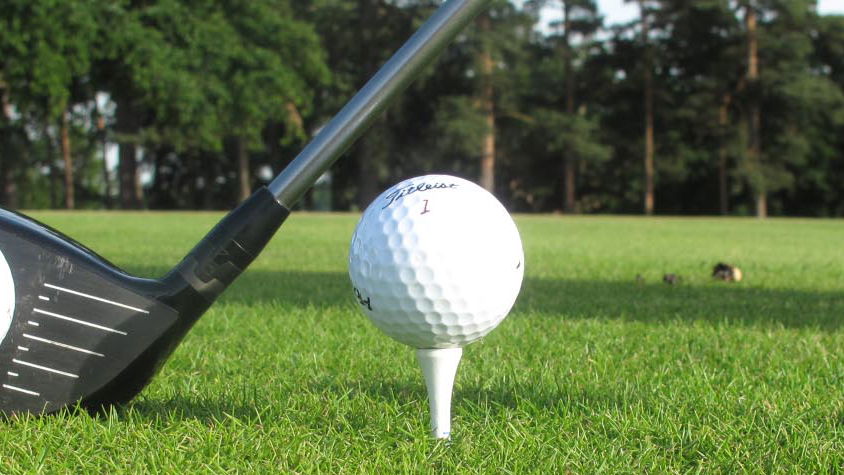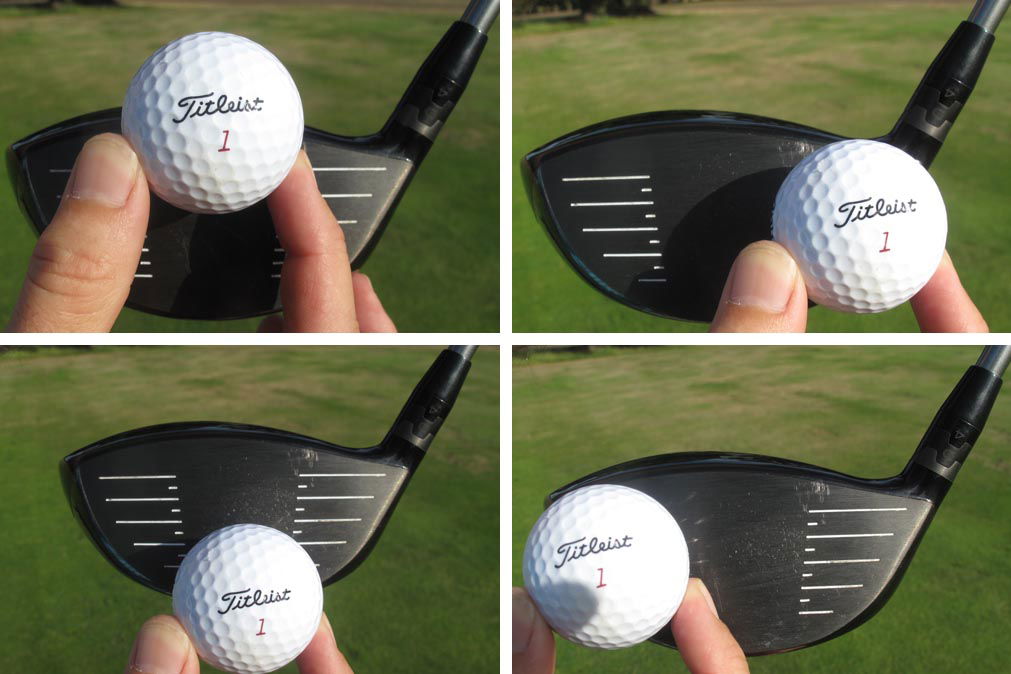Golf Practice Drills: tee positions
The height the ball is teed up is vital for ball striking. Ex-Tour professional Simon Garner gives us his top drill on tee positions

The tee positions drill is our third driving article in the Driving Practice Drills series.
Changing the tee position can either be used to adapt to how you hit a driver or to adapt to a particular shot on the course. PGA coach Simon Garner gives us some of his knowledge on teeing up for a drive.
Get on the range with your driver and hit ten balls from each of these tee positions and see what the results are. If you tend to hit up on your driver, a high tee will more often than not be better for you and similarly hitting down on a drive will require a lower tee height.
If you hit up on the ball a normal or low tee height will cause you to top the ball. With a player who hits down on a drive a high tee will cause the club to get underneath the ball and shoot it high up into the air.
For a drive into the wind many amateurs feel they need to tee the ball low to nullify the gusts but in fact this will cause extra backspin of the bottom of the face and stop the ball while in the air.
Again this is about practice so it may help you to tee the ball in a medium height position when into the wind but higher when playing a shot when the weather is calm.
Simon is essentially telling us to have a go on the range and the course as a trial-and-error examination for your driver so you know what works for you.
Check out where Simon coaches at the Palmerston Golf Academy at Brocket Hall.
Or look at our Driving Practice Drills index or Golf Practice Drills index for more help.

